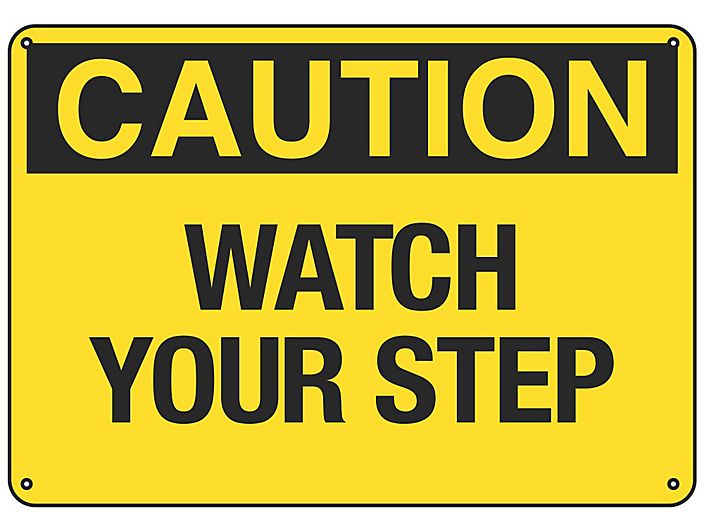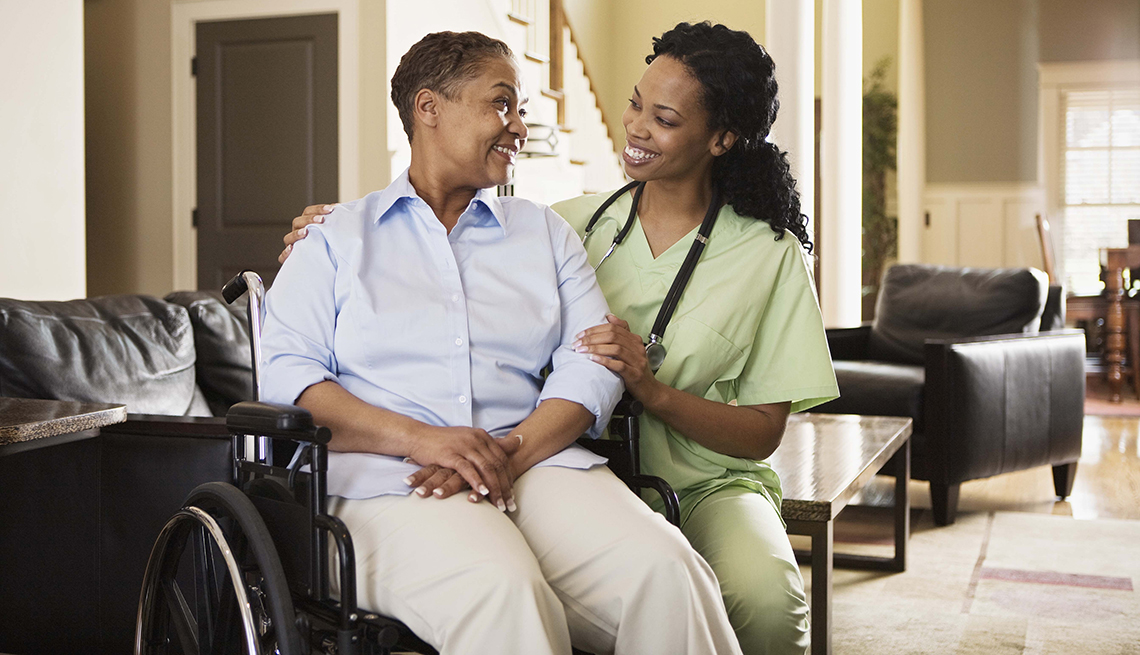June is Safety Awareness Month. All across the country, companies and individuals focus their efforts on making their work spaces and every day lives a little bit safer.
Homecare safety is no different. It is extremely important for both the patient and the caregiver to practice safe lifting and transferring of the patient. Lifting and transferring happens so often in this field that it must be perfected to ensure the best quality care is being given and both parties are being cared for.
Here are some tips on how to care for yourself during a home visit so that the highest quality care can be given to the patient:
Watch Your Step
Keeping your shoes on is one of the easiest ways for a homecare provider to prevent injury to themselves. When going to a patient’s home, you never know what the condition of the home is going to be. Wearing shoes prevents:
- Slips, trips, and falls
- Stubbing toes
- Stepping on something sharp
- Stepping in/on something gross
Not injuring yourself ensures that you will not be out of work for an injury that could have been so easily prevented. It also ensures that you will have more time to care for the patient instead of tending to your injuries.
Are you worried about being culturally sensitive? Not to worry! Inform the patient that the reasoning behind keeping your shoes on is for your own safety and theirs. To make the patient feel more comfortable with you keeping your shoes on, try wearing shoe covers or bring a clean pair of shoes with you that you only wear inside the house.

Think Before You Act
A proper plan should be thought out before initiating a lift and transfer of a patient. Making a simple mental note of
- Where the patient is
- Where the patient needs to be
- Patients limitations
Can help prevent unnecessary injuries to the caregiver. Planning ahead can prevent the caregiver from pulling a muscle, having inflamed joints, back pain, etc.. The extra 5 seconds taken to prepare for a lift and transfer also benefits the patients. By recalling any limitations the patient may have, the lift and transfer process becomes as painless as possible.

Use the Correct Tool for the Appropriate Action
Using the correct tool to lift and transfer a patient is beneficial to the wellbeing of both the client and caregiver. Tools are provided to the caregiver to aid in safely lifting and transferring a patient from one location to another. Using tools such as the
- Hoyer lift
- Track lift
- Standing Lift (AKA Sara Lift)
- Gat Belts
Will ensure that little to no injuries will be inflicted on the patient or the caregiver.

Bending Prevents Breaking
The size of the patient does not matter. Even if the caregiver is larger than the patient, the caregiver should still always practice safe and smart lifting techniques. It is always a good idea for the caregiver to always bend at the knees and not at the back. Bending at the back can inflict strains, pulls, and tears on muscles or even brake bones.
Protect Yourself
Here are some easy tips for keeping yourself safe and protected from any conflict that may arise during a home visit:
- Make sure someone knows where you are at all times
- Lock your purse or other personal belongings away out of sight if you choose to leave them in your vehicle
- Keep your vehicle in good working order to avoid breaking down in undesirable locations
- ALWAYS lock your car
Use PPE when handling patients such as gloves, masks, eye protection, and anything else you may feel is necessary.

Trust Your Instincts
If something feels wrong, you are most likely correct. Make sure when going to a house visit, there is no suspicious activity going on in or around the property. Your gut feeling is correct most of the time, which means you should act accordingly to get you and or your patient to a safe environment.
